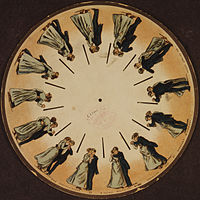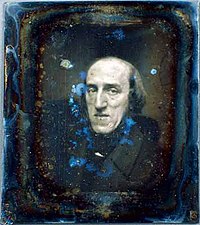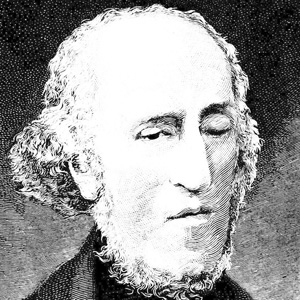Task 1
Techniques
Persistence
of vision- is referred to as an optical illusion that occurs when visual
perception of an object an example being light proceeding from it have ceased
to enter the eye.
The theory
human brain subconsciously stores images for roughly 1/25 of a second, this
means when slightly different images are shown in quick succession, the human
mind recognizes as a fluid movement.
Stop Frame-
Stop motion is an animated-film making technique which objects are physically
manipulated in small increments between individually photographed frames so
that they will appear to exhibit independent motion when the series of frames
is played back as a fast sequence.
Stop motion
has been around over 100 years’ early examples of stop motion film is J. Stuart
Blackton and Albert E. Smith’s 1898 film The Humpty Dumpty Circus the film
consisted of wooden toys being brought to life to depict acrobats and moving
animals.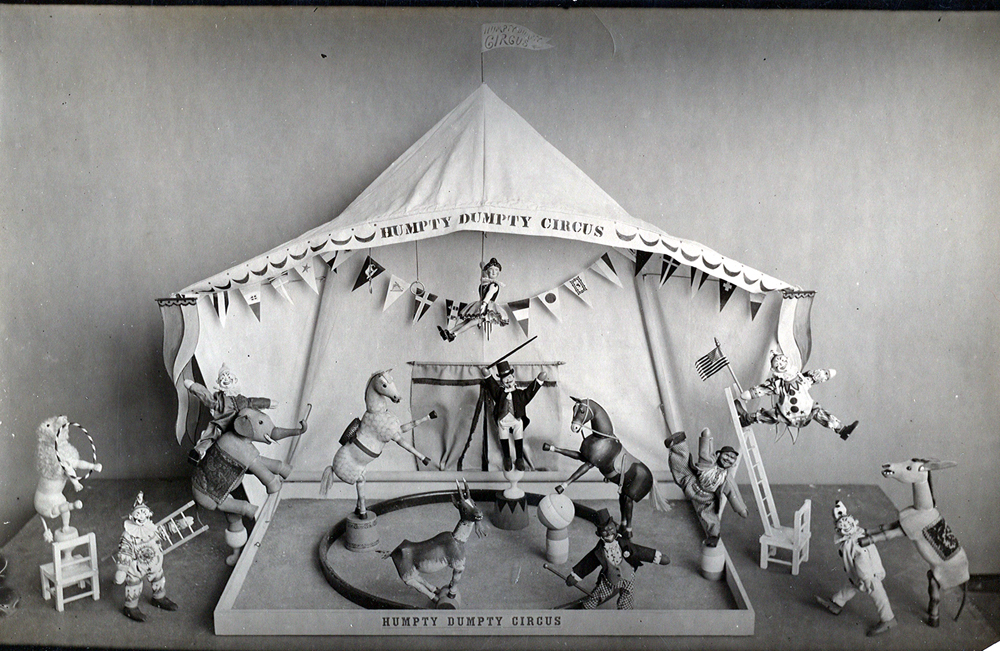

Variations of Stop Motion-
Cut out
animation- is a variant of stop motion animation that uses flat materials such
as paper, fabrics and photographs in production. Main examples of cut out animation
is South park (1999).
Frame Rates-
The Frame rate must be rapid so the “Visual Persistence” and the “Phi Phenomenon”
can take full effect – overlapping the images in our perception, to make them
seem to be one smoothly moving image.
Frame Rate
is used in Modern technology examples being Animation, TV, movies.
Silent
films- Had stated frame rates were anywhere from 16 to 24 frames per second.
Many film companies asked theaters to play the silent movies at a higher frame
rate to minimize the potential flicker on the screen as well as projectors
employed dual and triple-blade shutters.
Animation- Drawn animation,
moving characters are often shot "on twos", that is to say, one
drawing is shown for every two frames of film (which usually runs at 24 frames per
second), meaning there are only 12 drawings per second which isn’t that many.
Sound film-
Was Introduced in 1926, Sound films began to use 24 fps compared to silent
films 22-26 fps. Various studios updated equipment, the rate of 24 fps became
standard for 35mm sound film
Although
cinema and television images appear to be a single moving images, in reality
they are a series of still pictures.
The Frame
rate is also a frequency in which consecutive images called frames apply on
display.
Pioneers-
Joseph
Plateau- Phenakisticope
Inventor-
Joseph Plateau 1801-1883
Year of
invention-1832
The
Phenakisticope was the first widespread animation device that created a fluid
illusion of motion
Examples of
Phenakisticope-
Background
information-
The Phenakisticope
used a spinning disc attached vertically to a handle it was also an early
animation device that used the persistence of vision principle to create an
illusion of motion.
William
Horner
Inventor-
William Horner 1786-1837
Year of
Invention- 1834
The
Zoe trope, He originally named his device Daedulum or “Wheel of the Devil”. The
Zoe trope is part of a several pre-film animation devices that produce the
illusion of movement it displays a sequence of drawing or photographs showing a
progressive phases of motion.
The Zoetrope
is used in modern practice an example of how it’s used today is
TOSHI
IWAI
|
"All of
my work begins with animation and never strays too far from it. I started
making these simple flip books when I was in about fourth grade. The margins of
all my elementary school textbooks were filled with these. This is where my
work begins. The excitement I got from making these animations has never disappeared
- that and the fact that these are personal media, things you can carry around
and look at alone."
"Movement is still my greatest interest. I believe movement itself is a communicative language, and I'm trying to use it that way. If we see an interesting type of motion, say, a flock of birds turning in coordination, we often get involved in what it is that's moving - birds, in this case. But even if it were not birds, but just dots on a screen or something else equally abstract, we can still be totally engaged by it."
From an interview with Toshio Iwai by Azby Brown, 1997
"Movement is still my greatest interest. I believe movement itself is a communicative language, and I'm trying to use it that way. If we see an interesting type of motion, say, a flock of birds turning in coordination, we often get involved in what it is that's moving - birds, in this case. But even if it were not birds, but just dots on a screen or something else equally abstract, we can still be totally engaged by it."
From an interview with Toshio Iwai by Azby Brown, 1997
The main
example why it’s still used to this day is flip books which can be used in
school to get a better understanding of types of animation.
Emile
Reynaud
Inventor-
Emile Reynaud 1844-1918
The
Praxinscope was an animation device that came after the Zoe trope was invented
in 1877 by Charles-Emile Reynaud. Similar to the Zoe trope used a strip of
images around the inner surface of a spinning cylinder. The Praxinscope was an
advancement on the Zoe trope by replacing its narrow viewing slits by creating
an inner circle of mirrors.
The
Praxinscope led the way for the start of animation starting the moving picture.
The praxinscope is still available in modern day praxiniscope board games are
still accessible on platforms like amazon. www.amazon.co.uk/4M-3474-Animation-Praxinoscope/dp/B000P02HYC.
Developers
Willis
Obrien 1886-1962 - Was an American motion picture special effects and
stop-motion pioneer, he was considered to many as the best images in cinematic
history. His most well-known work includes The Lost World (1925) King Kong
(1933) Mighty Joe Young (1949). Mighty Joe Young also won 1950 Academy Award
for visual effects.
Willis
Obrien is extremely important with the expansion of animation as an early
pioneer in that craft. Willis O'Brien's The Lost World (1925) can be compared
the Gertie the Dinosaur (1914) directed by Windsor McKay, there are many
similarities with their work. Windsor McKay’s Gertie the Dinosaur was the first
film to feature a dinosaur. He gained his ideas for the film from his son who
would bring flip books home where he saw the possibility of making a moving
picture. He also gained a lot of his inspiration from animators such as James
Stuart Blackton and Emile Kohl.
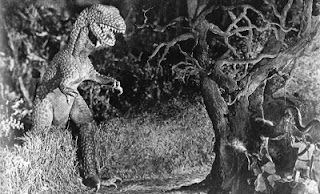 Ray Harryhausen 1920-2013- Was an American born
British artist, writer and producer who created his own stop-motion animation
called Dynamation. His work includes with his mentor Willis O'Brien on the film
Mighty Joe Young (1949) as well as his own projects such as The 7th
Voyage of Sinbad (1958) Jason and the Argonauts (1963)
Ray Harryhausen 1920-2013- Was an American born
British artist, writer and producer who created his own stop-motion animation
called Dynamation. His work includes with his mentor Willis O'Brien on the film
Mighty Joe Young (1949) as well as his own projects such as The 7th
Voyage of Sinbad (1958) Jason and the Argonauts (1963)
and his last
film being his most popular Clash of the Titans (1981). 


Ray Harryhausen is known to inspire many well-known 20th century directors including Steven Spielberg, George Lucas, Henry Selick. Ray himself was inspired by the original King Kong (1933), worked on by his mentor Willis Obrien shows he looked up to Willis and his ideas on stop-motion and filmmaking, Ray expanded that by being the pioneer for the start of special effects. Star Wars (1977) and Jurassic Park (1993) being two of the most well-known films in cinematic history, gained the influence of special effects through Harryhausen and his ideas.
Jan
Svankmajer (1934+)- is a Czech filmmaker as well as being a self-labelled
surrealist known for his animations and features in other types of film. Being
a surrealist his work his heavily influenced by the cultural movement that
began in the early 1920s, its best known for being visual artworks and
writings. Jan was influenced by puppet shows he went to as a child. Svankmajer
later on went to study in the department of puppetry at the Prague Academy of
performing arts.
Some of Jan
Svankmajers notable movies includes Alice (1988) Conspirator of pleasure
(1996). Being known for his Short films and
his inspiration from puppets. He led the way for Modern day puppet films and
shows including, TV shows-The Muppet Show (1976-1981) Sesame Street (1969)
Thunderbird's (1965-1966) Movies- Labyrinth (1986) Muppet (2011) Team America
World Police (2004). Jan Svankmajers primary target audience is young kids as
puppet TV shows and movies are normally below a PG rating because they appeal
to younger audiences. The secondary audience would be the parents of the
children because they have to buy the cinema tickets as well as watch the movie
with them which bumps up the box office hits on the movie.
Contemporary
Tim Burton
1958-
Tim Burton
is a well-known film director, producer and animator. He is mainly known for is
dark Gothic movies as well as fantasy movies. Famous ones including Beetle juice
(1988) Edward Scissor hands (1990), The Nightmare before Christmas (1993), He
also directed two Batman movies, Batman (1989) Batman Returns (1992) starring well-known
actors Michael Keaton, Jack Nicholson and Danny DeVito.
Tim Burton’s
early short films led the way for his success his most famous short film being the
animation Stalk of the celery monster (1979). It attracted attention from Walt
Disney Productions offering Burton an apprenticeship to work in their studio.
He went on to work as an animator and a story board artist.



In 1982 Burton
directed his first stop motion animation short film. With the short film being
a horror, Burton's target audience would have been 18+ due to that being the
legal age to see a horror in the cinema. https://www.boxofficemojo.com/movies/?id=batman.htm
Burton's most successful film due to the box office hits is Batman (1989) with a total domestic growth of $251,188,924.
Tim Burton's Gothic horror movies including The Nightmare before Christmas, Beetle juice, Edward Scissor hands and many more consist of dark scenes that could potentially scare young children. This is why I believe its aimed at mid teens ages 11-18. With a young audience it allows Burton to be imaginative and think outside the box. When expressing fictional characters and worlds within a movie gives children a sense of escapism and exploring their mind.
Tim Burton’s dark Gothic themes are heavily influenced by Christopher Lee (1922-2015) who Burton took a
lot of his materials for his films from his books. Christopher Lee starred in
films such as Dracula (1958), The Lord of the Rings: The Fellowship of the Ring
(2001). Star Wars: Episode II (2002). He is most recognized from the Dracula
films in the late 1950s which led the way for horror to be expressed much more
within films such as The Shining (1980)
and 21 century films such as Insidious(2010).
Nick Park (1958-) Well
known English animator who created projects such as Wallace and Gromit (1989-)
and later released into a movie in 2005. He also created Shaun the Sheep (2007-2016)
and Chicken Run (2000) which went on to be the highest grossed stop motion film
ever.
Park was interested in
animation from a very young age being known to love the Beano comics consisting
of the character Dennis the Menace. He went on to study animation at the National
Film and Television School in Buckingham shire. Image of Parks work at the age
of 13.



It was at the National
Film and Television school where Park began to gain ideas to make Wallace and
Gromit.
Parks target audience is
aimed at a much younger generation around the ages 12 and below. With no
swearing or any sorts of violence portrayed in his films its mainly aimed at
younger audiences.
Task 2
Educate- Stop motion
educates younger audiences with persistence of vision, the pictures presented
in stop motion help children gain information through vision and gives them a
chance to explore their mind. Another example of how stop motion is educational
is that it’s been around for 100+ years and has expanded at a rapid rate giving
the chance for kids to study it as a subject in colleges across the world.
Animation has also allowed
access to do online. PowerPoint has an easy to use animation system which can
be used for educational use.
Entertain- Stop motions
key purpose is to entertain the viewers, stop motions target audience is mainly
aimed at younger kids as it gives them a chance to show expression and expand
the mind. Companies such as Aardman have produced tons of stop motion movies
that have been extremely popular for younger kids films such as Wallace and
Gromit, Chicken Run, The Early Man and many more. https://www.aardman.com/.
Some entertainment isn’t appealing
to everyone, people have different tastes when it comes to movies, TV shows or
even musicals/theatre as well as other types of entertainment.
